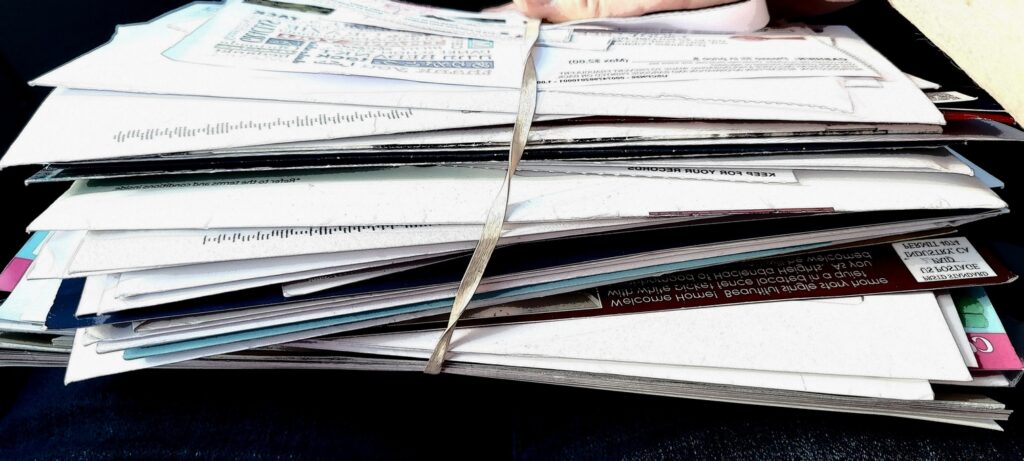It’s a new year and everyone is making their resolutions. Usually these involve things for self-improvement, such as eating better, exercising more or less screen time. While these are all great things to strive for, the best way to take care of yourself is to take care of the planet! More than 40% of our climate impact in the US comes from our stuff and our food—how we extract it from the planet, make it, transport it, use it, and throw it way. It’s called our “consumption emissions.” The more we buy and throw away stuff, the more energy it takes to make new stuff, and the faster climate change accelerates.
Reducing our consumption of stuff saves energy, natural resources, and landfill space by cutting the demand to make, transport, and bury these items. Reducing unnecessary consumption lets us live within our one planet’s means. Here are a few tips on how you can minimize your waste and maximize the life of our planet!
Avoid Using Single-Use Plastics, Such as Plastic Cutlery or Straws, Whenever Possible
In our convenience-oriented society, it’s common to pick up unnecessary waste like cups, straws, plastic utensils, bags, etc. These items are used for mere minutes, but producing them consumes energy, water, and natural resources, some of which took the Earth millions of years to create. About 40 billion plastic utensils are used in the US each year before they are discarded and sent to the landfill because they are not recyclable. Lightweight plastics like utensils and straws often end up in the environment.
Whenever possible, try to avoid single-use coffee cups, disposable utensils, straws and napkins. Keep a set of silverware at work along with a plate, bowl and cup that you can wash and reuse. Skip the plastic straw altogether or buy reusable metal ones instead. Remember, a lot of these items are made from plastic, had to be delivered by a truck and will end up in a landfill once we have used them one time. Anything we can do to reduce our use of these products adds up to make a big impact.
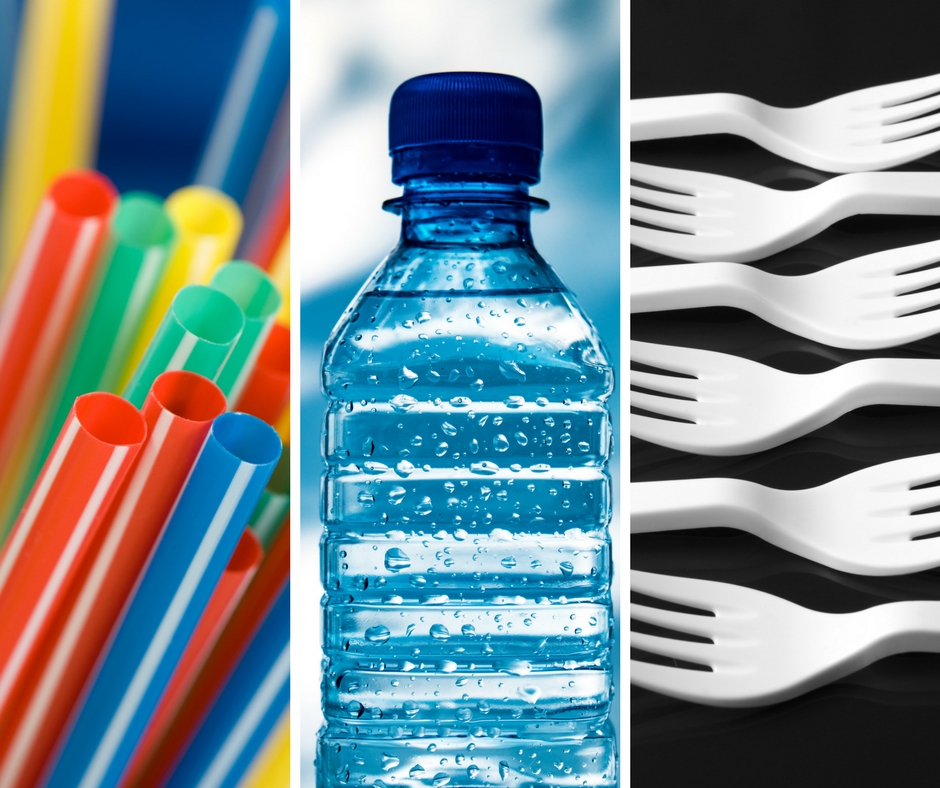
Use A Reusable Bottle/Cup For Beverages On-The-Go
Bottled water uses more than 17 million barrels of oil per year to produce, and is often just tap water sold at 10,000 times the price. An estimated 50 billion paper coffee cups are thrown away in the US every year; these paper cups are lined with plastic and are not typically recyclable.
You might already have a reusable water bottle, but do you use it all the time? You can put that reusable bottle to use, save money and reduce waste. By taking your own water with you, you’ll also reduce your chances of purchasing more expensive beverages on-the-go. This will eliminate the one-time use containers they come in. While most cans and bottles can be recycled, they require a lot of energy to be produced, shipped to the bottling facility and then to the store for purchase.
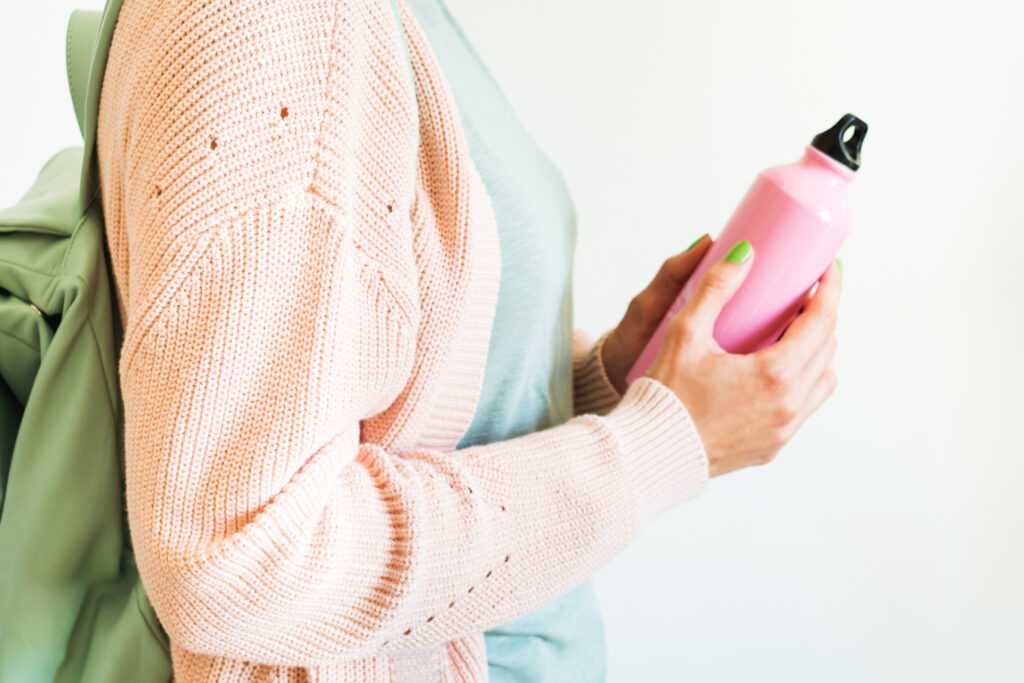
Use Reusable Grocery Bags, and Not Just For Groceries
Americans dispose of more than 100 billion plastic bags every year, and only a fraction are ever recycled. Up to 100 MILLION barrels of oil are needed to make the world’s plastic bags each year. Yet, typical usage of a plastic bag is just 20 minutes.
Just like a reusable water bottle, you may already have a reusable grocery bag, though it’s often forgotten at home. Try writing BAGS on the top of your grocery list to help you remember, or keep them in the back seat where they aren’t as easy to forget.
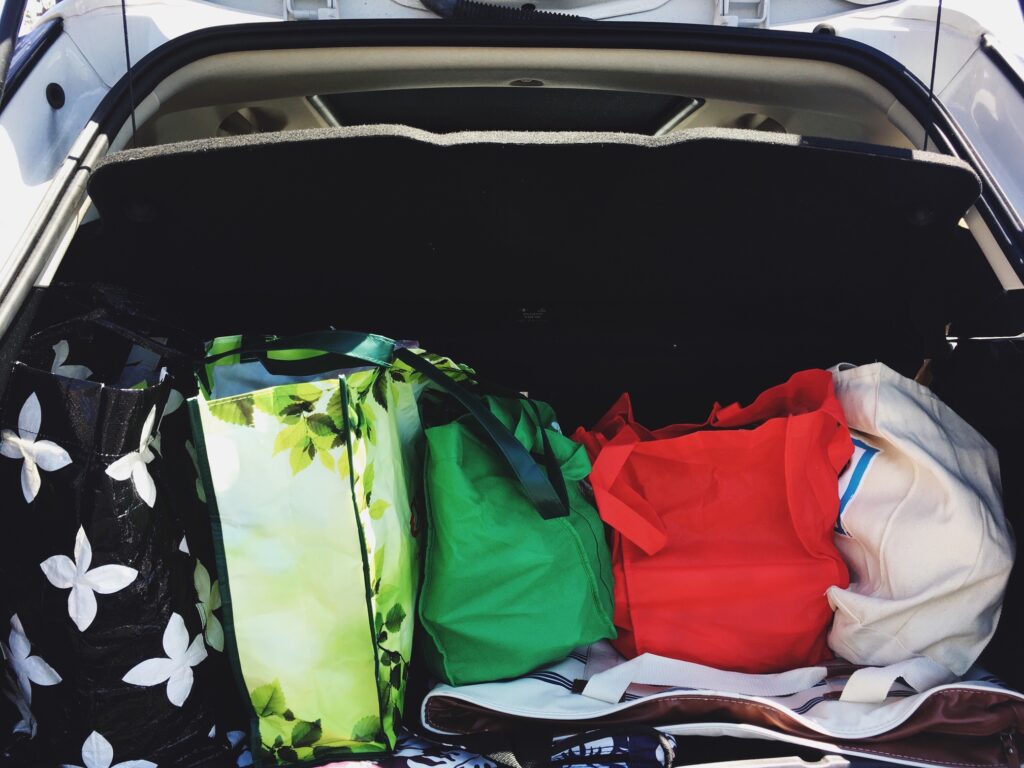
Purchase Wisely and Recycle
You can reduce the amount of waste you produce by purchasing products that come with less packaging and/or come in packaging that can be recycled. Choose packaging materials that can be easily recycled, such as cardboard or plastic bottles and make sure to actually recycle them. Not all plastics are recyclable, so check labels before your buy. Containers labeled with a 1 or a 2 are universally accepted in US & Canada. For all other numbers, you will need to check with your local municipality.
Reuse packaging materials whenever possible, such as using bubble wrap multiple times or storing items in the original packaging. This helps to close the loop on waste and conserve natural resources.
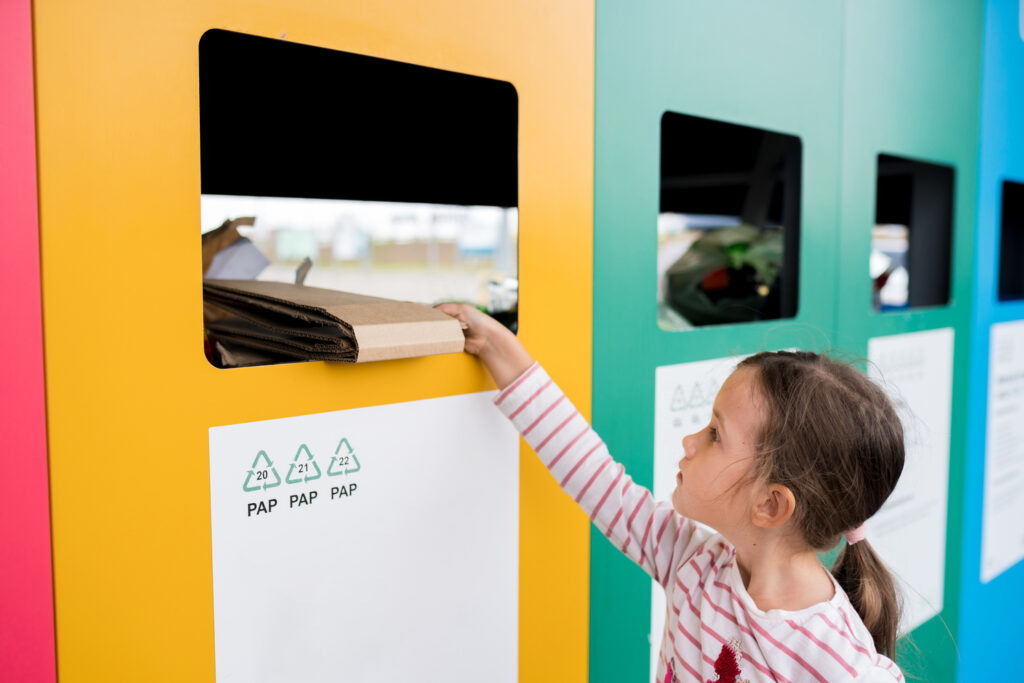
Buy Secondhand Items and Donate Used Foods
Before you go buy something new, consider buying it used which can also save you lots of money. That can mean buying secondhand clothes at Goodwill, used furniture and repurposed construction materials at Habitat for Humanity’s ReStore or searching Craigslist for a deal on a bicycle. By purchasing secondhand items you’ll be supporting local charities in addition to saving items from ending up in the dump.
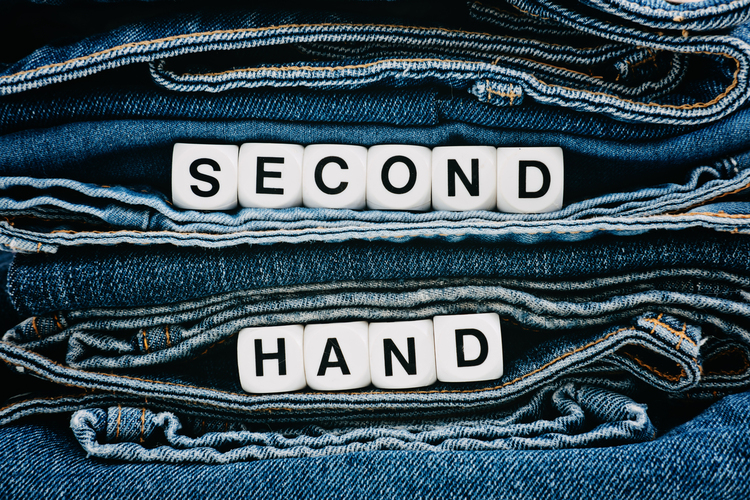
Shop Local Farmers Markets and Buy in Bulk to Reduce Packaging
Shopping at your local farmers market is a win-win. First, you’ll be supporting local farmers while also getting fresher ingredients than you might find in the big-box grocery store. Food produced locally doesn’t have to be shipped as far or refrigerated in transit. Local farmers often rely on less packaging and many are happy to have you return last week’s berry basket or egg carton for use next week. You can also majorly reduce packaging waste by shopping at stores that sell food in bulk, but you’ll need to come prepared with your own containers.
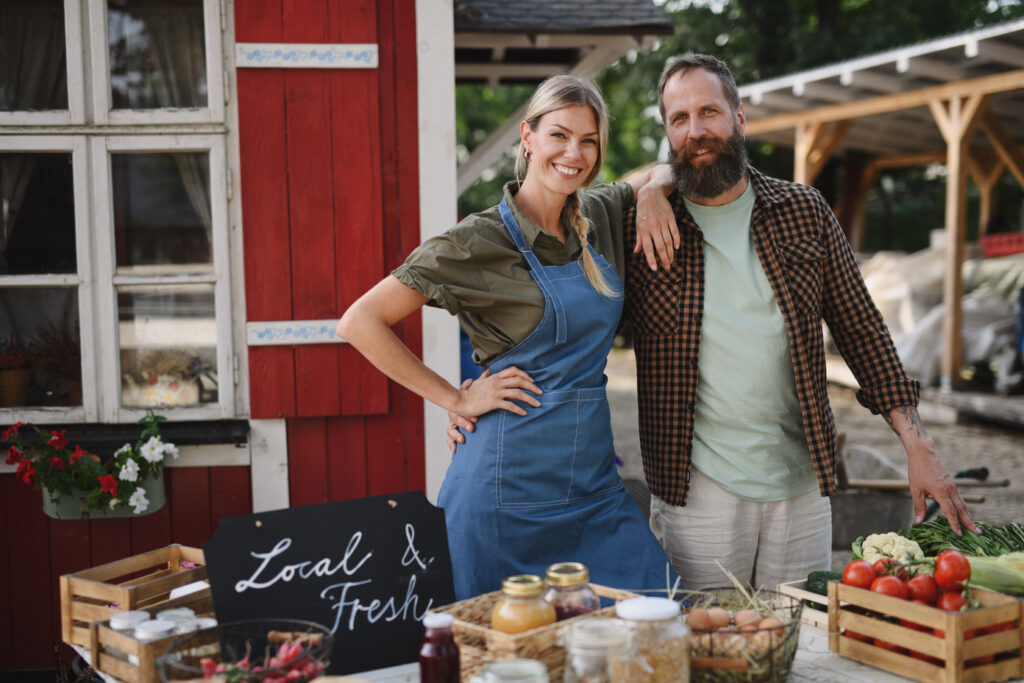
Curb Your Use of Paper: Mail, Receipts, Magazines
In today’s digital world, most companies offer bills by email, and some even offer incentives to do so. More stores are offering e-receipts, too, which are great because they’re harder to lose if you need to make a return. Consider digital subscriptions for your favorite magazines that you can read on your tablet or computer. Digital subscriptions are often a little cheaper than the hard-copy version, as well. There are numerous companies that allow you opt out of their marketing mailings. If you get an unwanted weekly packet of grocery store circulars in your mailbox, talk to your mail carrier and they will stop delivering it.
Now that you are aware of the impact of these everyday items, take a look around and see if there are opportunities in your life to help minimize your waste. You can do it!
